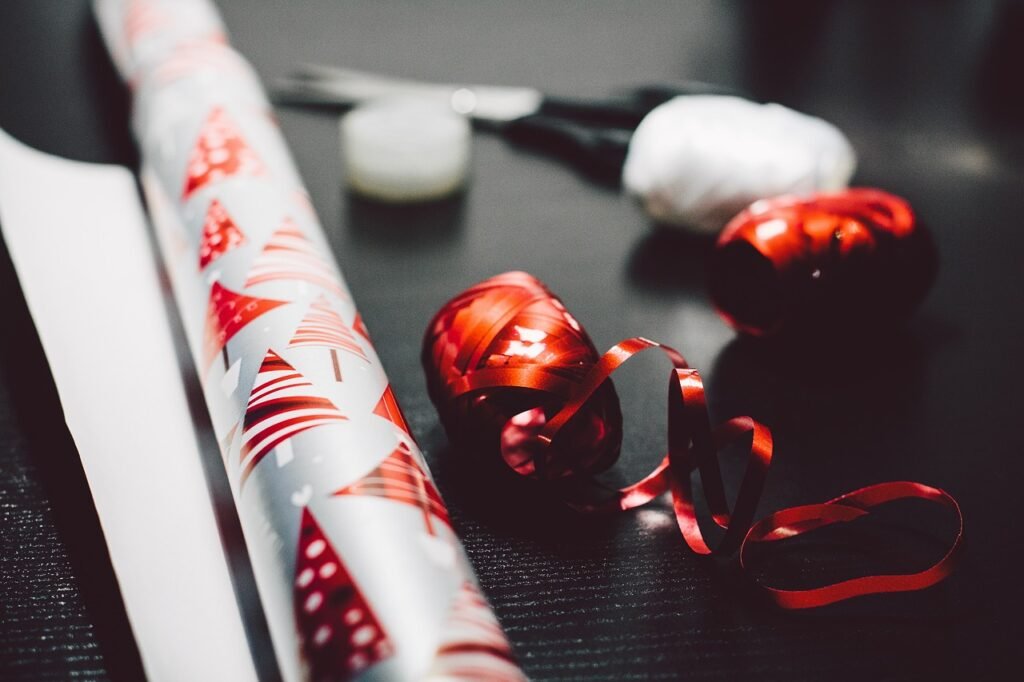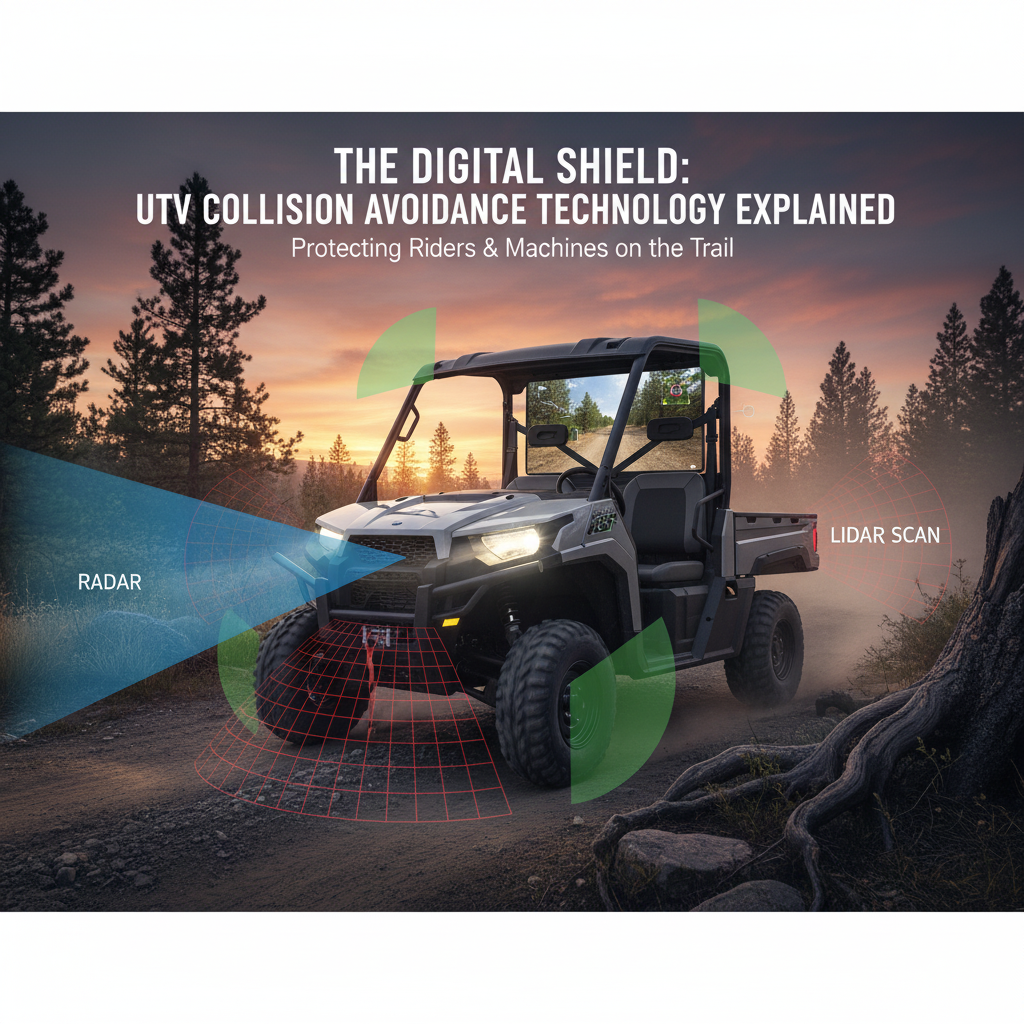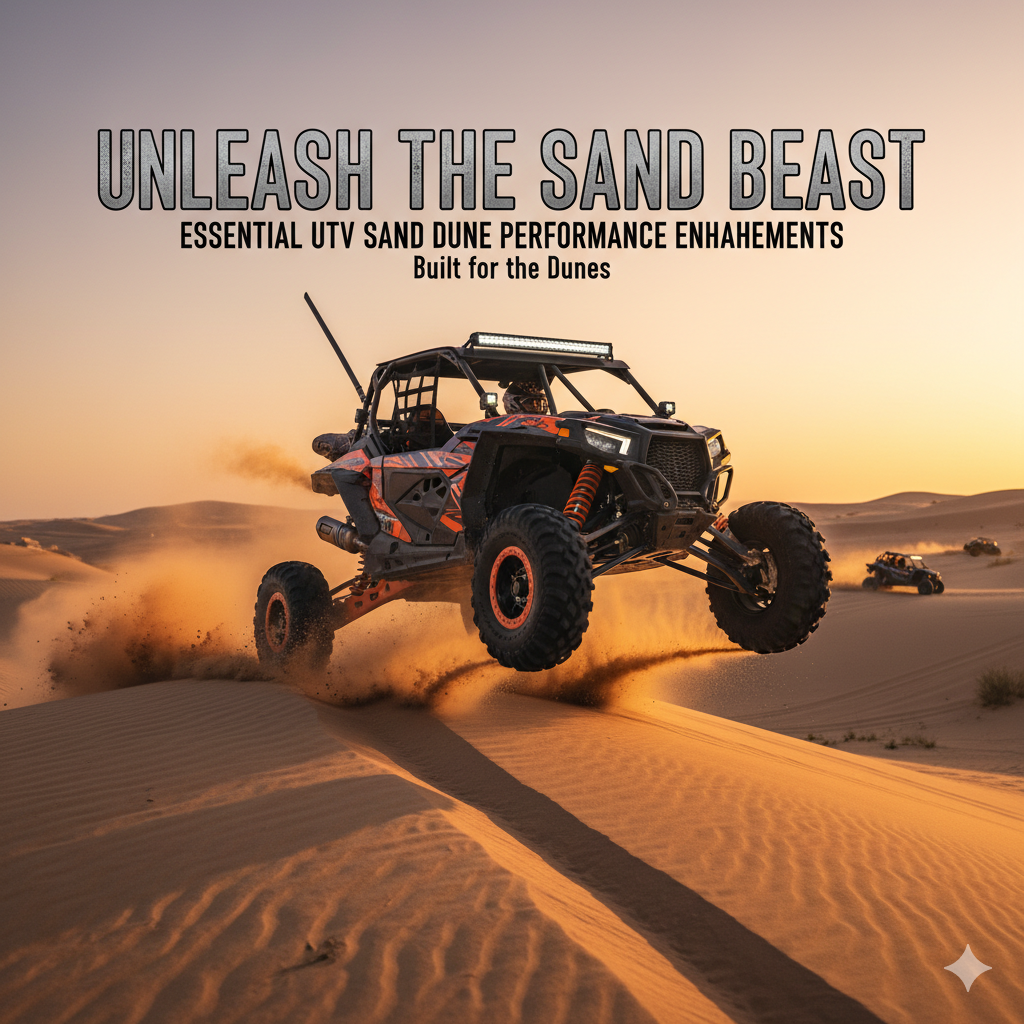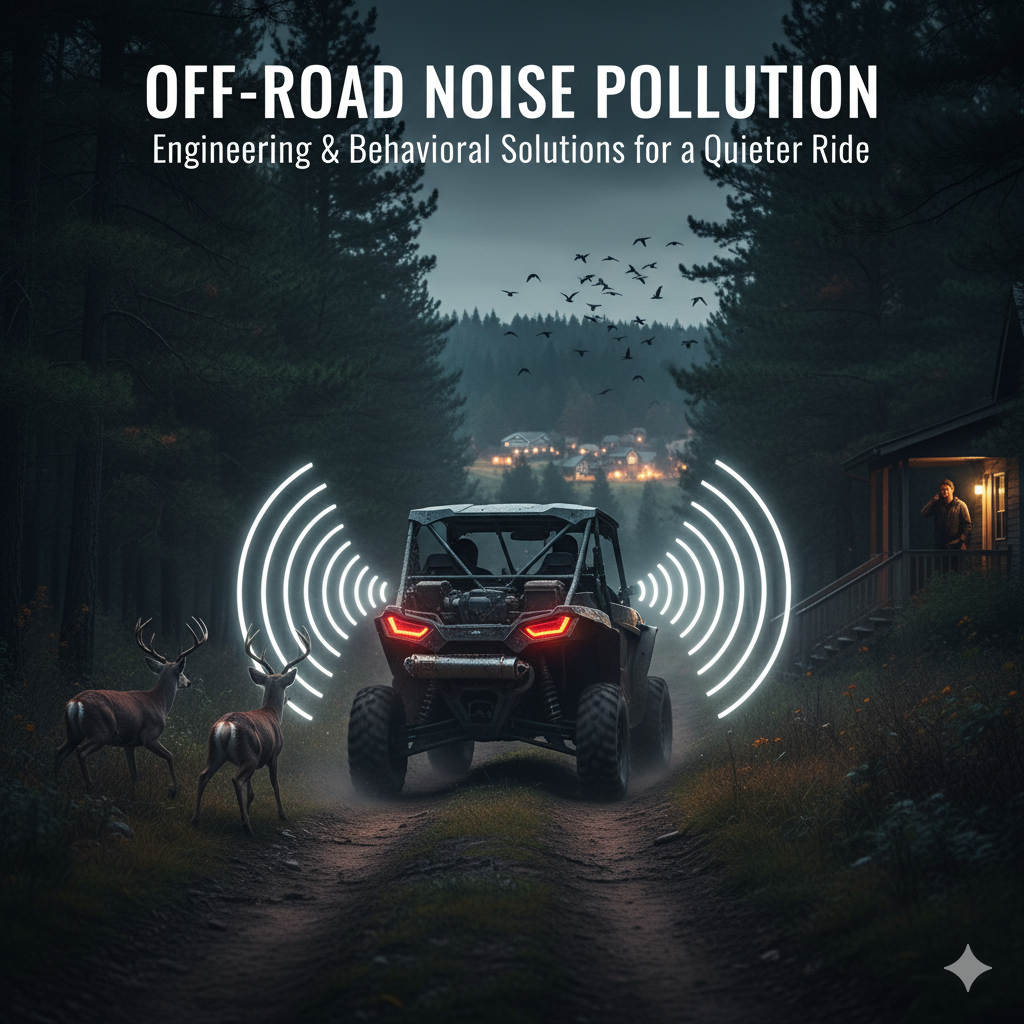PVC wrapping, also known as vinyl wrapping, is a process where a durable, flexible vinyl film is applied to the surface of a vehicle.
This technique has gained substantial traction in the automotive world, particularly among car enthusiasts who own models like the Pioneer Honda.
Unlike traditional painting, which involves the application of liquid paint that needs to be meticulously spread and dried, PVC wrapping offers a more streamlined and versatile solution.
One of the primary benefits of PVC wrapping is its aesthetic versatility.
With an extensive range of colors, finishes, and textures available, including matte, gloss, satin, and even carbon fiber effects, vehicle owners can achieve a customized look that stands out.
This is especially appealing for those looking to personalize their Pioneer Honda, making it a visual extension of their identity.
Beyond the aesthetic appeal, PVC wraps provide a protective layer over the vehicle’s original paint.
They shield the car from minor abrasions, UV rays, and contaminants like dirt and chemicals, thereby preserving the factory paint job underneath.
This protective aspect not only helps maintain the car’s resale value but also reduces the need for frequent touch-ups and maintenance.
Additionally, the application process of PVC wrapping is generally quicker and less labor-intensive than traditional painting.
It can often be completed within a few days, whereas painting can take longer due to multiple coats and curing times.
Furthermore, PVC wraps are reversible.
If the owner decides to revert to the original color or change the design.
The wrap can be removed without damaging the underlying paint.
The rise in popularity of PVC wrapping can be attributed to its combination of aesthetic enhancement and practical protection.
For Pioneer Honda owners, this means achieving a unique, eye-catching appearance while safeguarding their investment.
As the trend continues to grow, more and more car enthusiasts are turning to PVC wrapping as a superior alternative to conventional paint jobs.
Choosing the Right PVC Wrap
When it comes to wrapping your Pioneer Honda, selecting the appropriate type of PVC wrap is crucial for achieving a flawless finish.
The market offers a variety of PVC wraps, each with distinct characteristics and finishes.
The most common finishes include matte, gloss, and satin.
A matte finish provides a non-reflective, sleek look that can give your vehicle a sophisticated, understated appearance.
Gloss wraps, on the other hand, offer a shiny, reflective surface that can make your vehicle stand out and look more polished.
Satin finishes strike a balance between matte and gloss, offering a subtle sheen without being overly reflective.
Color and texture are equally important factors to consider.
The color should complement your personal style and the overall design of your car.
Neutral colors such as black, white, and gray are timeless and versatile, while bold colors like red, blue, and green can make a stronger statement.
Textured wraps, such as carbon fiber or brushed metal, can add a unique touch to your vehicle, enhancing its aesthetic appeal.
Quality is paramount when choosing a PVC wrap.
High-quality wraps are not only easier to apply but also last longer and provide better protection against the elements.
Renowned brands such as 3M and Avery Dennison are known for their durable and high-performing PVC wraps.
It’s advisable to read reviews and seek recommendations to ensure you choose a reputable brand.
Additionally, consider the material’s thickness and flexibility.
Thicker wraps offer more protection but may be harder to work with, especially around curves and edges.
Flexible wraps conform more easily to the vehicle’s contours, ensuring a smoother application.
By carefully selecting the right type, color, texture, and brand of PVC wrap.
You can achieve a professional, high-quality finish that enhances the appearance of your Pioneer Honda.
Before embarking on the journey of wrapping your Pioneer Honda with PVC, proper preparation of the vehicle is paramount.
Ensuring the surface is clean and smooth will significantly affect the longevity and appearance of the wrap.
Here is a detailed, step-by-step process to prepare your vehicle for wrapping.
Step 1: Gather Necessary Tools and Materials
Begin by assembling all the tools and materials needed for the preparation.
Essential items include microfiber cloths, isopropyl alcohol, a clay bar, and a mild detergent.
These tools will help in achieving a spotless and contaminant-free surface.
Step 2: Thorough Cleaning
Start with a thorough wash of your Pioneer Honda using a mild detergent.
This step removes the bulk of surface dirt and grime.
Use a high-quality car shampoo and a wash mitt to ensure all areas are reached.
Rinse the vehicle thoroughly with water and dry it using microfiber cloths to avoid any water spots.
Step 3: Removing Contaminants
After the initial wash, the next step is to remove any residual contaminants.
Utilize a clay bar to eliminate embedded particles, such as tar, sap, and industrial fallout, that may not have been removed during washing.
Lubricate the surface with a detailing spray or soapy water, then gently glide the clay bar over the paintwork.
This action will lift and absorb contaminants, leaving the surface smooth.
Step 4: Degreasing
Once the surface is smooth, degrease it using isopropyl alcohol.
Dilute the alcohol with water in a 1:1 ratio and apply it using a microfiber cloth.
Wipe down all areas to remove wax, grease, and any remaining residues.
This step is crucial to ensure the adhesive on the PVC wrap adheres correctly to the vehicle’s surface.
Step 5: Final Inspection
Inspect the entire vehicle to ensure there are no remaining contaminants or imperfections.
A clean, smooth, and dry surface is essential for a successful wrap application.
Any dirt or residue left on the car can cause bubbles and adhesion issues, compromising the quality of the wrap.
With the vehicle properly prepared, you can now proceed with confidence to wrap your Pioneer Honda with PVC, ensuring a professional and durable finish.
Ensuring a perfect PVC wrap for your Pioneer Honda requires meticulous measuring and cutting.
Begin by using a high-quality measuring tape to gauge the dimensions of each part of the vehicle that you intend to cover.
Precision is paramount; therefore, take multiple measurements to confirm accuracy.
This step is crucial to minimize waste and ensure that the wrap fits perfectly.
When measuring, it is advisable to leave an extra inch or two of material around edges and complex curves.
This additional material offers flexibility and allows for adjustments during application.
Which is particularly important in areas with intricate shapes or tight angles.
Overestimating slightly can save time and reduce the risk of needing to re-cut pieces, which can lead to material waste.
Once you have your measurements, transfer them to the PVC wrap.
A cutting mat is invaluable during this process, as it provides a stable surface that protects both your work area and the wrap itself.
Use a utility knife with a fresh blade to make the cuts; a sharp blade ensures clean lines and prevents fraying or jagged edges that can mar the final appearance.
When cutting the PVC wrap, follow the measured lines carefully.
Rushing this step can result in inaccuracies that affect the overall fit and finish of the wrap.
If possible, cut slightly outside the measured lines to ensure you have enough material to work with during the application phase.
This technique provides a buffer that simplifies fitting the wrap around edges and curves.
In summary, the keys to successfully measuring and cutting PVC wrap for your Pioneer Honda.
Include precise measurements, leaving extra material for adjustments, and using the right tools.
By following these guidelines, you can achieve a professional-looking wrap that enhances the appearance and protection of your vehicle.
Applying a PVC wrap to your Pioneer Honda requires meticulous attention to detail and a systematic approach to achieve a flawless finish.
The process can be broken down into manageable sections to ensure uniformity and precision.
Starting with the flat surfaces, such as the hood, is essential because these areas are generally easier to manage and can boost your confidence before tackling more complex contours.
Begin by thoroughly cleaning the surface to remove any dirt, grease, or debris, which can impede the adhesion of the PVC wrap.
Once the surface is clean and dry, measure and cut the PVC wrap to a size slightly larger than the area you are covering.
This allows for adjustments and trimming as you go along.
For the hood, lay the wrap over the surface and use a squeegee to smooth it out from the center towards the edges.
This technique helps push out air bubbles and ensures a tight, smooth fit.
After securing the flat surfaces, proceed to the doors.
Similar to the hood, start at the center and work your way outward.
Pay particular attention to the door handles and trim, as these can be tricky areas.
Using a heat gun can greatly aid in making the PVC wrap more pliable, enabling you to stretch and conform it to the car’s contours.
Apply heat gradually and evenly to avoid damaging the material.
When you move on to the bumpers and other complex areas, patience becomes crucial.
These sections often have intricate shapes that require careful maneuvering of the PVC wrap.
Again, the heat gun is your ally here.
Gently heat the wrap to make it more flexible and use the squeegee to smooth it out, ensuring there are no wrinkles or bubbles.
Take your time to press the wrap firmly into any crevices and around curves.
In summary, the key to a perfect PVC wrap application lies in starting with flat surfaces, using the right tools, and taking a methodical approach.
With careful attention to detail and a bit of practice, you can achieve a professional-looking wrap for your Pioneer Honda.
Handling Corners and Curves
When wrapping your Pioneer Honda with PVC, tackling corners and curves can be particularly challenging.
To achieve a flawless finish, it is crucial to adopt the right techniques for these tricky areas.
The first step is to properly clean and prepare the surface, ensuring there are no contaminants that could interfere with the adhesive properties of the PVC wrap.
Begin by applying the wrap to a flat section of the vehicle, gradually working your way towards the curves and corners.
Stretching and heating the PVC wrap is essential in these areas.
Utilize a heat gun to warm the material, making it more pliable and easier to mold around the contours of the car.
Be cautious not to overheat, as this can cause the wrap to become too thin and prone to tearing.
When dealing with tight corners, gently stretch the heated wrap and use a squeegee to smooth it out, conforming to the shape of the car.
Work slowly and methodically to avoid creating wrinkles or air bubbles.
If wrinkles do appear, reheating the material can help to eliminate them, allowing you to smooth out the surface once more.
For sharp edges and complex curves, consider using a technique called “relief cuts.”
This involves making small incisions in the wrap, allowing it to better conform to the shape without excessive stretching.
After applying the wrap, use the squeegee to press the material firmly against the surface, ensuring a secure bond.
Trimming excess material is the final step in achieving a seamless finish.
Use a sharp utility knife to carefully cut away any surplus wrap, leaving a clean edge.
Make sure to follow the natural lines of the vehicle for a professional appearance.
By taking your time and employing these techniques, you can successfully wrap the corners and curves of your Pioneer Honda with PVC, resulting in a smooth and visually appealing finish.
Post-Application Care and Maintenance
After successfully applying PVC wrap to your Pioneer Honda, the next critical phase is ensuring its longevity and maintaining its pristine appearance.
Post-application care is essential to maximize the lifespan of the wrap and to keep your vehicle looking its best.
One of the first steps is to allow the wrap to cure properly.
Typically, this requires parking the car in a shaded area, away from direct sunlight, and avoiding extreme temperatures for at least 24 to 48 hours.
This curing period helps the adhesive bond securely to the vehicle’s surface.
Once the wrap has cured, regular cleaning is fundamental.
Washing your wrapped Pioneer Honda should be done using mild, non-abrasive car wash soaps.
Avoid high-pressure washers, as the intense pressure can cause the edges of the wrap to lift.
Instead, use a soft sponge or microfiber cloth to gently clean the vehicle.
It’s important to steer clear of harsh chemicals, such as solvents and petroleum-based cleaners, as they can damage the PVC material.
Hand washing is generally recommended.
But if you opt for an automatic car wash, ensure it is a touchless system.
Establishing a maintenance schedule is beneficial for the long-term care of your wrap.
A bi-weekly wash routine helps prevent dirt and contaminants from embedding into the wrap, preserving its appearance.
Additionally, applying a wrap-safe wax or sealant every three months can provide an extra layer of protection against UV rays and environmental pollutants.
Addressing minor damages promptly is also crucial.
If you notice any lifting edges or small tears.
It’s best to fix them as soon as possible to prevent further deterioration.
You can use a heat gun on a low setting to gently press down any lifting edges, ensuring they adhere back to the surface.
For more significant damages.
consulting a professional wrap installer might be necessary to ensure proper repair without compromising the integrity of the wrap.
By following these post-application care and maintenance guidelines.
You can ensure that your Pioneer Honda’s PVC wrap remains in excellent condition.
Providing both aesthetic appeal and protective benefits for years to come.
Common Mistakes to Avoid
When wrapping your Pioneer Honda with PVC, several common mistakes can detract from the final appearance and longevity of the wrap.
One of the most frequent errors is improper surface preparation.
Ensuring the vehicle’s surface is completely clean and smooth is crucial.
Any dirt, grease, or residue will prevent the wrap from adhering properly and can cause bubbling or peeling.
To avoid this, thoroughly wash the vehicle and use a surface cleaner designed for vinyl wraps.
Another common mistake is incorrect measuring and cutting.
Precision is key when working with PVC wrap.
Misjudging the dimensions can result in wasted material and a poor fit.
To ensure accuracy, measure the panels of your Pioneer Honda multiple times before cutting the wrap.
Using a sharp utility knife and a straight edge can help achieve clean, straight cuts.
Over-stretching the wrap is also a frequent issue.
While some stretching is necessary to conform the wrap to the vehicle’s curves.
Excessive stretching can cause the material to weaken and tear.
It is essential to apply even pressure and take your time working around complex shapes and contours.
Using a heat gun can aid in making the wrap more pliable, but be cautious not to overheat the vinyl.
Additionally, neglecting to use a squeegee properly can lead to trapped air bubbles and wrinkles.
Starting from the center and working outwards in smooth, even strokes will help eliminate these imperfections.
If bubbles do appear, a pin can be used to puncture and smooth them out.
By paying close attention to surface preparation.
Accurate measuring and cutting, and proper application techniques.
You can achieve a professional-looking wrap on your Pioneer Honda.
These precautions will not only enhance the vehicle’s aesthetic appeal but also extend the lifespan of the PVC wrap.




